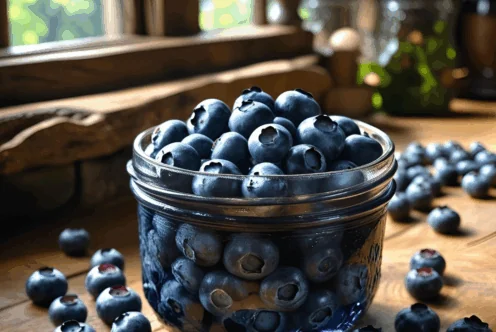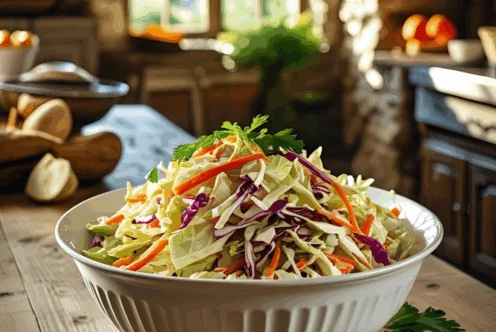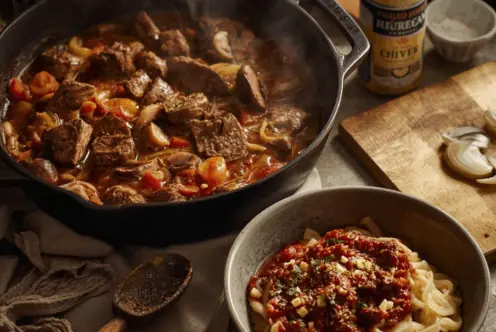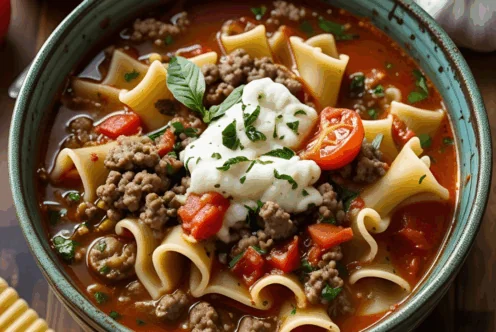Blog
The Power of Garlic
By Morgan Crawford A Recent ASU Nutrition Student
Garlic: It’s useful more than just for warding off vampires. In fact, it’s helpful for fighting viruses, infections, and so much more. This ingredient makes just about anything taste delicious, but more importantly, it has incredible healing power. Garlic has been used for centuries and is regarded for its medicinal properties. I’m excited to share them with you, as well as perhaps encourage you to add more of it to your life!

What is garlic, anyway? Is it a spice? A vegetable? It may come as a surprise that garlic actually belongs to the Allium family, just like onions and leeks. Similar to its family members, it is grown underground and is wrapped in the familiar, thin, paper-like covering. There are two varieties of garlic, known as hardneck and softneck. The difference between them is whether a seed stalk is formed or not: hardneck varieties produce them, and softneck do not. Another defining characteristic is the number of cloves within each bulb; it can vary from 4 and 20 depending on the variety.
Most of us are familiar with using garlic as a flavor enhancer for a variety of dishes, but what about its health benefits and medicinal properties? The main component of garlic that contributes to its healing abilities is a compound known as allicin. This is what gives garlic its pungent smell flavor. It also plays an important role in several functions throughout the body. Some of these include tumor- growth reduction, immune stimulation, cholesterol reduction, treatment of sinus infection, and prevention of heart disease.
Since ancient times, garlic has been used for its powerful healing abilities. It is anti-viral, anti-bacterial, and anti-fungal. Because of these properties, garlic is useful for treating infections, eliminating yeast overgrowth known as Candida, and strengthening the immune system. The high levels of vitamin C also contribute to its cancer-fighting abilities by reducing free radicals in the body. There are also some more lesser known remedies. Here are a few that you could try at home.
- Easing an earache- in a small pot, warm olive or sesame oil along with 1-2 garlic cloves. Place a few drops in each ear and allow to sit for at least 10 minutes.
- Warding off warts- every night, take a crushed garlic clove and apply to the wart. For the best results, do this at least two times during the day as well.
- Treating a toothache- when garlic is crushed, allicin is released, which is an anti-bacterial compound. This has been shown to be effective in treating the underlying causes of toothaches.
Once equipped with some knowledge about this delicious ingredient, I think it is only fitting to put it to some good use. There are endless possibilities for incorporating garlic in the kitchen. Check out these recipes!
I think it’s fair to say that almost everyone loves pizza. What’s there not to like? I found a recipe for a pizza sauce that incorporates garlic in a delicious way. Try out this recipe for White Garlic Pizza Sauce.
Ingredients:
2 tbsp. unsalted butter
4 garlic cloves- minced
3 tbsp. flour (all purpose or gluten free flour)
¼ tsp black pepper
¼ tsp salt
¼ tsp dried oregano
1 cup milk
½ cup Parmesan cheese
Directions:
- Melt butter in saucepan.
- Add garlic and cook for about 30 seconds until garlic is fragrant.
- Whisk in flour, pepper, salt, and oregano.
- Add milk slowly and whisk the mixture until thick and all lumps are gone.
- This can be used immediately or can be stored in a sealed container in the fridge.
Here is another great recipe that incorporates garlic. This cauliflower dish is the perfect alternative to rice, providing extra nutrients with less empty carbohydrates.
Garlic Parmesan Cauliflower Rice
Ingredients:
5 cups riced cauliflower
3 tbsp. butter- salted
3 garlic cloves- minced
6 tbsp. Parmesan cheese
Salt and pepper to taste
Directions:
- Place butter and garlic in a saucepan and cook until fragrant.
- In a large frying pan, add cauliflower rice along with the butter and garlic mixture.
- Add Parmesan cheese and stir.
- Add salt and pepper to taste.
For more awesome recipes check out the Fill Your Plate recipe section! Curious about what produce is in season this month? Check out what’s in season on the Fill Your Plate website.

















